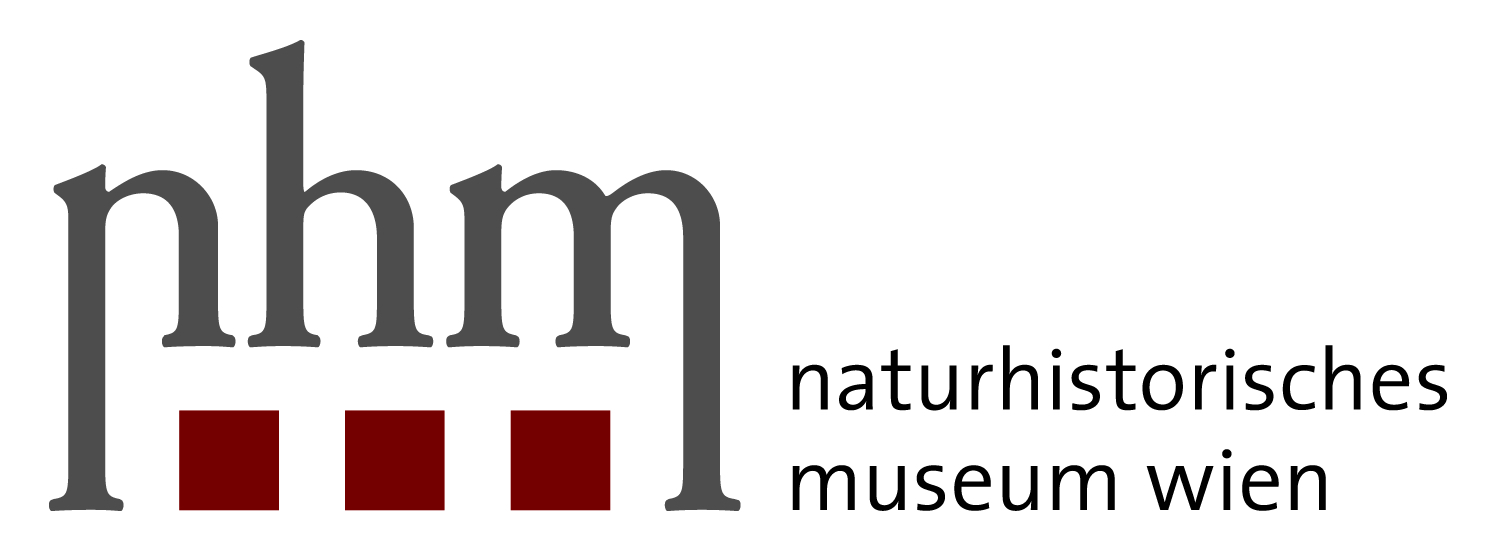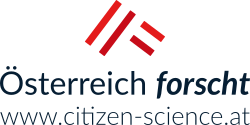Naturhistorisches Museum
Herpetofauna
Amphibians and reptiles under observation in Austria
Importance and evaluability of databases increase with the extent, the precision and the currency of the data stored.
The Natural History Museum Vienna, one of the largest non-university research institutions in Austria, houses more than 30 million objects from the fields of biology, earth sciences and human sciences. Since 1982, the Amphibian and Reptile Collection has also been collecting data on the historical and recent distribution of amphibian and reptile species in Austria. All distribution data are documented in the Austrian Herpetofaunistic Database (current data status: about 200,000 records).
When collecting data, the Herpetological Collection also relies on the help of numerous volunteers who make their observations and reports available for inclusion in the database.
Report observations online
Currently Citizen Scientists can use the following platforms to report observations of amphibians and reptiles in Austria:
Please always report your amphibian or reptile observations with a photo (or sound recording in the case of amphibian calls), location and date and please use only one of the websites mentioned.
Report sightings by mail
Herpetological reports of sightings can also be sent by e-mail to This email address is being protected from spambots. You need JavaScript enabled to view it.. If you have large amounts of data on amphibians and reptiles in Austria or would like to ask a question about the project, please contact this address too.
Every reported observation counts! We look forward to your sightings, thank you very much for your support!
Austrian HERPETORACE
Similar to BirdLife Austria’s BirdRace, Citizen Scientists are called once a year in spring to collect as many observations of native amphibians and reptiles as possible within a defined “race time” and, of course, to report them! The event also serves to fill existing mapping gaps, which is why findings are evaluated differently depending on the area. Great prizes are awarded to the winners every year.
The Austrian HERPETORACE 2025 takes place from 31.05. to 01.06.2025 and lasts exactly 48 hours!
Biodiversity Fund project Amphibians and Reptiles of Austria
In 2024 and 2025, the Citizen Science Initiative of the Herpetological Collection will also be supported by the Austrian Biodiversity Fund as part of the “Amphibians and Reptiles of Austria” project.
The Biodiversity Fund project aims to create a broad database on amphibians and reptiles in Austria by compiling, completing and analysing existing data. Habitat loss, diseases, the introduction of alien species and progressive global warming are just some of the factors threatening amphibians and reptiles. A good data basis is crucial and a prerequisite for assessing the conservation status and population trends.
The resulting data pool will form the basis for the compilation of the new Red List, the starting point for a new distribution atlas of Austria's amphibians and reptiles and the basis for the preparation of the report in accordance with Article 17 of the Habitats Directive. And most importantly, all data will be made freely available to everyone via the Global Biodiversity Information Facility (GBIF) and subsequently the Austrian Distribution Atlas.
Roles in the project
- Project management: Coordination of reporters, project coordination and development, public relations, publication activities, database administration, answering enquiries.
- Database administrator: processing and checking the data. Answering enquiries. Public relations, publication activities
- www.herpetofauna.at: Citizen Scientists who provide us with data via their reporting platform, quality control. Publication activities.
- Citizen Scientists: collecting observation data, sometimes publication activities.
Podcast episode
If you would like to learn more, you can listen to the Wissen macht Leute podcast episode about the project (in German). More information can be found here.
Further reading
In October 2021 a great book on the Herpetofauna of the city of Vienna was published:
Schweiger S., Gassner G., Rienesl J. & Wöss G. (Hrsg.): WIEN. Amphibien & Reptilien in der Großstadt.
What is more:
Die Amphibien und Reptilien des Neusiedler See-Gebietes
181 Seiten, 316 Abbildungen
Bestimmungsschlüssel für alle im Gebiet vorkommenden Amphibien- und Reptilienarten
QR-Codes mit Amphibienrufen
Medieninhaber und Herausgeber: © 2015, Verlag des Naturhistorischen
Museums Wien, Burgring 7, 1010 Wien, Österreich, www.nhm-wien.ac.at. Nationalpark
Neusiedler See – Seewinkel Informationszentrum, Hauswiese, 7142 Illmitz, Österreich, https://www.nationalparkneusiedlersee.at
ISBN 978-3-902421-95-1
Citizen Science Seminar
As part of the ‘Citizen Science Seminar’ lecture series at BOKU University, project manager Silke Schweiger gave a lecture on herpetofauna in 2025 entitled ‘Amphibians and Reptiles of Austria Under Observation: Thirty-five Years of Long-Term Monitoring with the Support of Citizen Scientists'.
This project fulfils version 1.1 of the quality criteria for citizen science projects on Österreich forscht.
- animals



